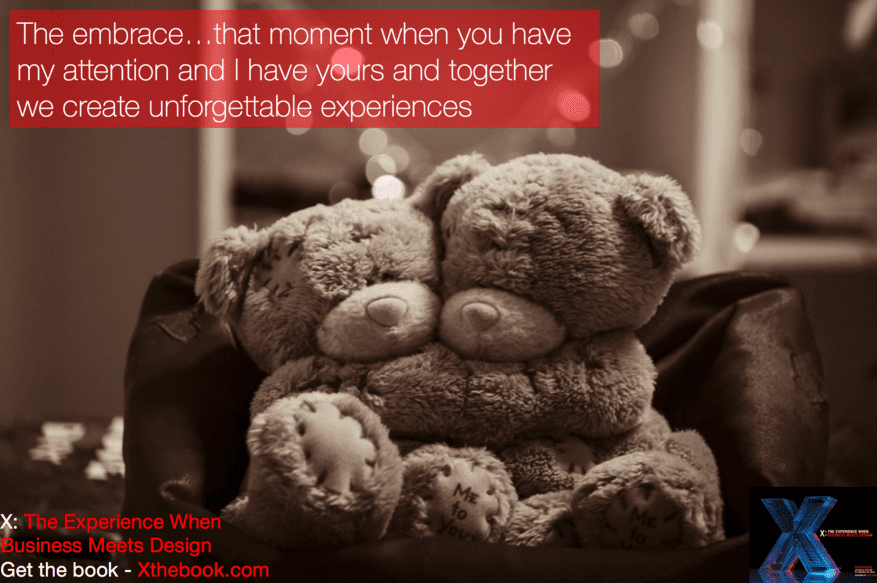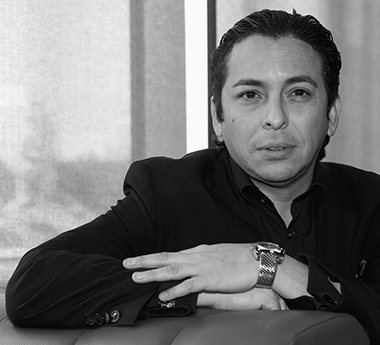Attention is a currency. We spend it. We earn it. And, sometimes we waste it.
Experience is something special. It’s all the rage at the moment, yet, we often talk about it as is if it’s a thing. But, as we know, deep down, the best things in life aren’t things, they’re experiences. One of things that makes it so hard to make experience a strategic and actionable part of our work is that the word “experience” means so many things to so many different people across so many aspects of the organization.

We continue to think operationally, which prevents us from feeling empathetically, which stops us from acting experientially.
To CMOs or brand managers, experience may be something creative, whether it’s a campaign, a viral video, an online journey, an event, a physical escapade, fantastic packaging, etc.
To CX, it could be an optimized and frictionless customer journey, better customer support, more personalized CRM programs, et al.
To those CDOs and CIOs, experiences could be technological, providing a modern foundation for engagement throughout the customer lifecycle.
To product designers, experiences are great products.
The truth is that experience is all of these and more. It’s everything. And, more importantly, it’s measured by the sum of each moment and its moving parts, not individually or departmentally. People don’t see departments, they see one brand.
Your brand promise can no longer be rooted in clever wording or creative design and marketing. It must come alive in the experiences that you design and how they come to life in each moment of truth and measured holistically from a human-centered perspective.
Again, experiences are not things. Experiences are emotional. They’re reactions to important moments and are something that’s felt and in turn, acted or not acted up in a variety of ways…great, bad or indifferently.
Today, experiences are largely left to chance.
I believe that the best relationships moving forward will be guided by experience architecture so that we shape those moments, nurture reactions and This means that experience must be…
- Thoughtful
- Meaningful
- Useful
- Engaging
- Personal
- Intentional
- Mutually beneficial
- Alluring
- Shareable
- Aspirational
- Inspirational
Experience takes design. How people feel throughout their lifecycle takes an integrated approach to experience architecture. It takes a shift in perspective, collaboration and innovation to do things differently and experientially.
Start with a vision for what an experience could be…how it engages the senses and the responses and reactions that unfold in each moment and also as one masterpiece. Think about those moments as the embrace…that moment when you my attention and I have yours and together we create unforgettable experiences together.
The experience is yours to design…

Thanks to
Brian Solis for sharing their advice and opinions in this post. Brian Solis is a principal analyst at Altimeter Group. He is also an award-winning author, prominent blogger/writer, and keynote speaker. He is at the cutting edge of marketing thought and a world leader in Digital transformation. His latest book,
X: The Experience when Business meets design focuses on the idea that your customer experience is now your brand. You can follow him on
Twitter.




 Thanks to
Thanks to 



